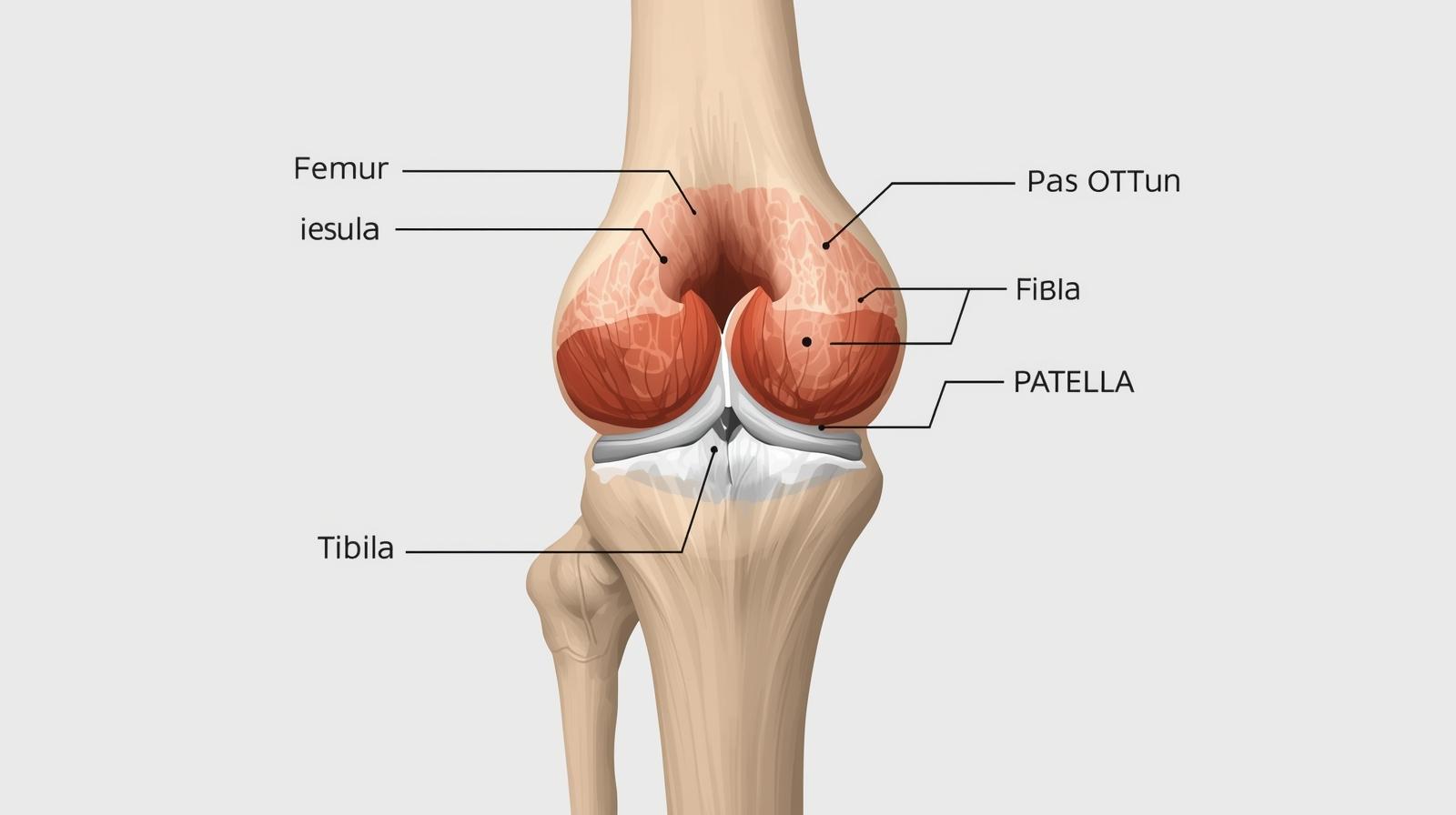Walking for Health & Wellbeing
Introduction: Why Walking?
As we journey through life, maintaining our health and wellbeing becomes increasingly important. For those over 50, walking is an accessible and effective way to achieve and sustain a healthier lifestyle. This blog post aims to provide a comprehensive guide to walking, tailored specifically for the over 50s, covering the numerous benefits, practical tips, and motivational advice to help you embark on and maintain a rewarding walking routine.
Walking is more than just a leisurely activity; it's a powerful tool for improving physical and mental health. Unlike high-impact exercises, walking is gentle on the joints, making it an ideal choice for individuals of all fitness levels. It requires no special equipment or gym memberships, making it an affordable and convenient option for everyone. Whether you're looking to improve your cardiovascular health, boost your mood, or simply enjoy the great outdoors, walking offers a multitude of advantages.
This guide is designed to provide you with the knowledge and motivation you need to make walking a regular part of your life. Let's explore the remarkable benefits of walking and how you can incorporate it into your daily routine to enhance your overall wellbeing.
The Myriad Benefits of Walking
Walking offers a wealth of benefits that contribute to overall health and wellbeing, especially for those over 50. Here's a detailed look at the key advantages:
- Cardiovascular Health: Walking strengthens the heart, lowers blood pressure, and improves circulation, reducing the risk of heart disease and stroke.
- Weight Management: Regular walking helps burn calories, which aids in weight loss and maintaining a healthy weight. It boosts metabolism and promotes the efficient use of energy.
- Joint Health: Walking is a low-impact exercise that helps lubricate joints and strengthen the surrounding muscles, reducing the risk of arthritis and easing joint pain.
- Bone Density: Weight-bearing exercises like walking help increase bone density, reducing the risk of osteoporosis and fractures.
- Improved Mood: Walking releases endorphins, natural mood boosters that can alleviate stress, anxiety, and symptoms of depression. It promotes a sense of wellbeing and mental clarity.
- Increased Energy Levels: Regular walking can combat fatigue and increase energy levels throughout the day. It improves stamina and reduces feelings of sluggishness.
- Better Sleep: Walking can improve sleep quality by regulating sleep patterns and reducing insomnia. It helps you fall asleep faster and enjoy a more restful night's sleep.
- Reduced Risk of Chronic Diseases: Walking helps lower the risk of developing chronic diseases such as type 2 diabetes, certain cancers, and Alzheimer's disease.
- Enhanced Cognitive Function: Walking improves blood flow to the brain, which enhances cognitive function, memory, and concentration. It can also reduce the risk of cognitive decline.
- Social Benefits: Walking can be a social activity, providing opportunities to connect with friends, family, or walking groups. Social interaction can combat loneliness and improve mental wellbeing.
These benefits highlight the profound impact that a simple activity like walking can have on your health and quality of life. By incorporating regular walking into your routine, you can unlock these advantages and enjoy a healthier, happier, and more fulfilling life.

Getting Started: Tips for a Successful Walking Routine
Starting a walking routine can be exciting, but it's important to approach it in a way that ensures success and avoids injury. Here are some practical tips to help you get started and stay motivated:
- Consult Your Doctor: Before beginning any new exercise program, especially if you have underlying health conditions, consult your doctor. They can provide personalized advice and ensure that walking is safe for you.
- Start Slowly: Begin with short, easy walks and gradually increase the duration and intensity as your fitness improves. Aim for 10-15 minutes at first, and slowly build up to 30 minutes or more.
- Warm-Up and Cool-Down: Always warm up before each walk with gentle stretches or light cardio exercises. Cool down afterward with similar stretches to prevent muscle soreness and injury.
- Wear Appropriate Footwear: Invest in comfortable walking shoes that provide good support and cushioning. Avoid shoes that are too tight or too loose, as they can cause blisters and foot pain.
- Dress Comfortably: Wear loose-fitting, breathable clothing that allows for freedom of movement. Dress in layers so you can adjust to changing weather conditions.
- Stay Hydrated: Drink plenty of water before, during, and after your walks to stay hydrated. Carry a water bottle with you, especially on longer walks.
- Choose Safe Routes: Select well-lit, safe walking routes that are free from hazards such as uneven sidewalks, heavy traffic, or dangerous intersections. Consider walking in parks, nature trails, or residential areas.
- Use Proper Posture: Maintain good posture while walking by keeping your head up, shoulders relaxed, and core engaged. Avoid slouching or leaning forward.
- Listen to Your Body: Pay attention to your body and stop walking if you experience pain, discomfort, or dizziness. Rest and recover as needed.
- Set Realistic Goals: Set achievable walking goals to stay motivated. Start with small, manageable goals and gradually increase the challenge as you progress.
- Track Your Progress: Keep a walking log or use a fitness tracker to monitor your progress. Tracking your distance, time, and calories burned can help you stay motivated and see how far you've come.
- Find a Walking Buddy: Walking with a friend, family member, or walking group can make the activity more enjoyable and help you stay accountable.
- Make It a Habit: Incorporate walking into your daily routine by scheduling it at a consistent time each day. Consistency is key to building a sustainable walking habit.
By following these tips, you can create a safe, enjoyable, and effective walking routine that fits your individual needs and preferences.
Staying Motivated: Overcoming Challenges
Maintaining a walking routine can sometimes be challenging, especially when faced with obstacles such as bad weather, lack of time, or declining motivation. Here's how to overcome these challenges and stay committed to your walking goals:
- Embrace Variety: To prevent boredom, vary your walking routes, intensity, and duration. Explore new parks, trails, or neighborhoods to keep things interesting.
- Set Achievable Goals: Set weekly or monthly walking goals that are challenging but attainable. Reward yourself when you achieve your goals to stay motivated.
- Make It Fun: Listen to music, podcasts, or audiobooks while walking to make the activity more enjoyable. You can also walk with a friend or join a walking group for social interaction.
- Walk in All Weather: Don't let bad weather deter you from walking. Dress appropriately for the conditions, and consider walking indoors at a gym, mall, or community center.
- Find Time in Your Schedule: If you're short on time, break up your walking into shorter intervals throughout the day. Even 10-15 minutes of walking can be beneficial.
- Reward Yourself: Treat yourself to something you enjoy after reaching milestones in your walking routine. This could be a new book, a relaxing bath, or a healthy meal.
- Be Patient: Don't get discouraged if you miss a few days of walking. Just get back on track as soon as possible and focus on the long-term benefits of your routine.
- Focus on the Benefits: Remind yourself of the positive effects of walking on your health and wellbeing. This can help you stay motivated during challenging times.
- Track Your Progress: Monitor your walking distance, time, and calories burned to see how far you've come. This can provide a sense of accomplishment and motivate you to continue.
- Don't Compare Yourself to Others: Focus on your own progress and celebrate your achievements, regardless of what others are doing. Everyone's fitness journey is unique.
By using these strategies, you can overcome obstacles and stay motivated to maintain a consistent walking routine. Remember that even small amounts of walking can make a big difference in your health and wellbeing.
Advanced Techniques and Considerations
Once you've established a regular walking routine, you can explore advanced techniques and considerations to further enhance your fitness and wellbeing:
- Interval Walking: Incorporate interval walking into your routine by alternating between periods of brisk walking and slower recovery periods. This can help improve your cardiovascular fitness and burn more calories.
- Hill Walking: Walking uphill provides a more challenging workout that strengthens your leg muscles and improves your cardiovascular endurance. Find hilly routes or use a treadmill with an incline.
- Nordic Walking: Use Nordic walking poles to engage your upper body muscles and increase the intensity of your walking workout. Nordic walking can also improve your posture and balance.
- Strength Training: Combine walking with strength training exercises to build muscle mass and improve your overall fitness. Focus on exercises that target your legs, core, and upper body.
- Flexibility Training: Incorporate stretching exercises into your routine to improve your flexibility and range of motion. Focus on stretching your leg muscles, such as your hamstrings, quads, and calves.
- Mindful Walking: Practice mindful walking by focusing on your breath, your surroundings, and your body sensations. This can help reduce stress and improve your mental wellbeing.
- Proper Nutrition: Fuel your walking routine with a healthy, balanced diet that includes plenty of fruits, vegetables, whole grains, and lean protein. Avoid processed foods, sugary drinks, and excessive amounts of saturated fat.
- Adequate Rest: Allow your body adequate rest and recovery between walking workouts. Aim for 7-8 hours of sleep per night to support your body's repair and recovery processes.
- Listen to Your Body: Pay attention to your body and adjust your walking routine as needed. Don't push yourself too hard, especially if you're feeling tired or sore.
- Stay Informed: Stay up-to-date on the latest research and recommendations regarding walking and exercise. This can help you optimize your routine and stay safe.
By incorporating these advanced techniques and considerations into your walking routine, you can continue to challenge yourself, improve your fitness, and enhance your overall wellbeing.

Summary
Walking is a fantastic way for individuals over 50 to improve their health and wellbeing. It offers numerous benefits, including improved cardiovascular health, weight management, joint health, bone density, mood, and energy levels. By following the tips and advice provided in this blog post, you can start and maintain a successful walking routine that fits your individual needs and preferences. Remember to consult your doctor before beginning any new exercise program, start slowly, wear appropriate footwear, stay hydrated, and listen to your body. Stay motivated by setting realistic goals, tracking your progress, finding a walking buddy, and making it a habit. With dedication and perseverance, you can enjoy the many rewards of walking and lead a healthier, happier, and more fulfilling life.

